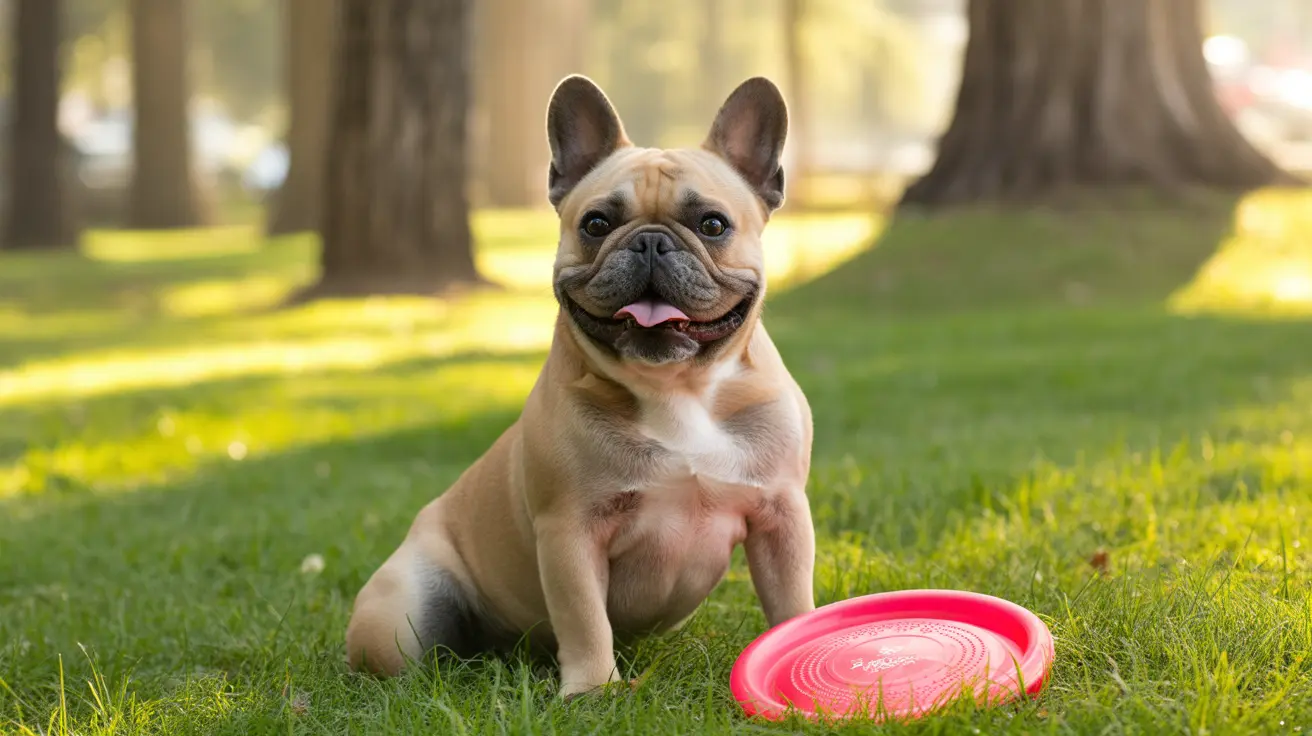Introduction
Boston Terriers with tails are a fascinating subject that often sparks confusion among dog enthusiasts and potential owners. While many people assume these charming dogs are naturally tail-less, the truth is quite different. Every Boston Terrier is actually born with a tail, though their appearance can vary significantly due to genetics and breed standards.
Understanding the various tail types and their implications is crucial for both current and prospective Boston Terrier owners. Let's explore everything you need to know about these distinctive features that contribute to the breed's unique charm.
Natural Tail Types in Boston Terriers
Boston Terriers exhibit several distinct tail types, each perfectly natural and determined by genetics. The most common varieties include:
Screw or Corkscrew Tail
This is the most recognized tail type in Boston Terriers, featuring a tight curl that sits close to the body. It's particularly favored in show rings and considered the breed standard by major kennel clubs.
Straight or Bobbed Tail
Some Boston Terriers sport a short, straight tail that resembles a tiny pencil. While less common than the screw tail, it's still perfectly acceptable according to breed standards.
Kinked or Stumpy Tail
These tails may show slight bends or curves, resulting from natural vertebrae variations. While usually harmless, they should be monitored for potential health concerns.
Health Considerations and Care
While Boston Terrier tails are generally healthy, certain aspects require attention:
- Regular cleaning beneath curled tails to prevent infection
- Monitoring for signs of irritation or discomfort
- Checking for proper mobility and range of motion
- Watching for any changes in tail appearance or sensitivity
Breed Standards and Show Requirements
The American Kennel Club specifies that Boston Terrier tails should be:
- Short and low-set
- Never carried above the horizontal line of the back
- Well-proportioned to the dog's body
- Free from obvious defects or health issues
Frequently Asked Questions
Are Boston Terriers born with tails or are their tails naturally short?
All Boston Terriers are born with tails. Their characteristically short appearance is natural and determined by genetics, specifically the DVL2 gene mutation.
What are the common tail types found in Boston Terriers, and how do these affect their health?
Common tail types include screw/corkscrew, straight/bobbed, and kinked tails. While most tail types don't affect health, extremely tight curls may require extra cleaning and monitoring for skin issues.
Can Boston Terriers have spinal or tail health problems related to their curled or screw tails?
While rare, some Boston Terriers may experience spinal issues related to their tail structure. Regular veterinary check-ups can help identify and address any potential concerns early.
Is tail docking common or recommended for Boston Terriers with longer tails?
Tail docking is not common or recommended for Boston Terriers. The breed naturally has short tails, and docking is generally discouraged by veterinary professionals and breed organizations.
How should I care for my Boston Terrier's tail to prevent infections or discomfort?
Regular cleaning, especially in the folds of curled tails, is essential. Check for signs of irritation, keep the area dry, and consult a veterinarian if you notice any unusual symptoms.
Conclusion
Boston Terrier tails are a unique feature of this beloved breed, coming in various natural shapes and sizes. Understanding their care requirements and potential health considerations helps ensure your Boston Terrier remains happy and healthy. Remember that regardless of tail type, these dogs make wonderful companions when given proper care and attention.






